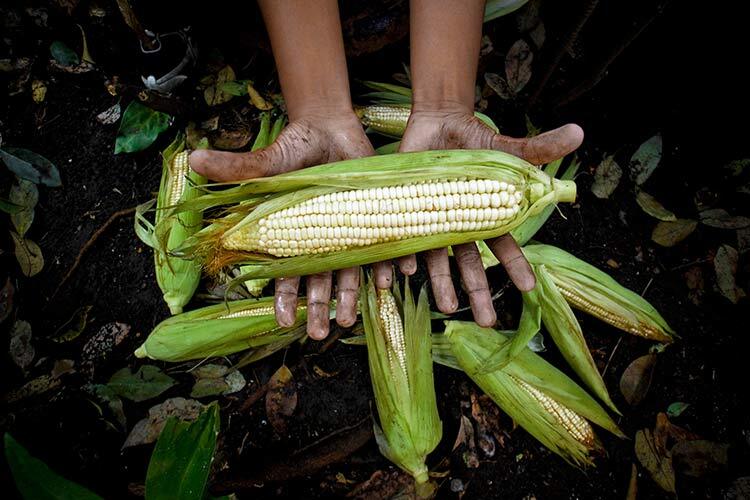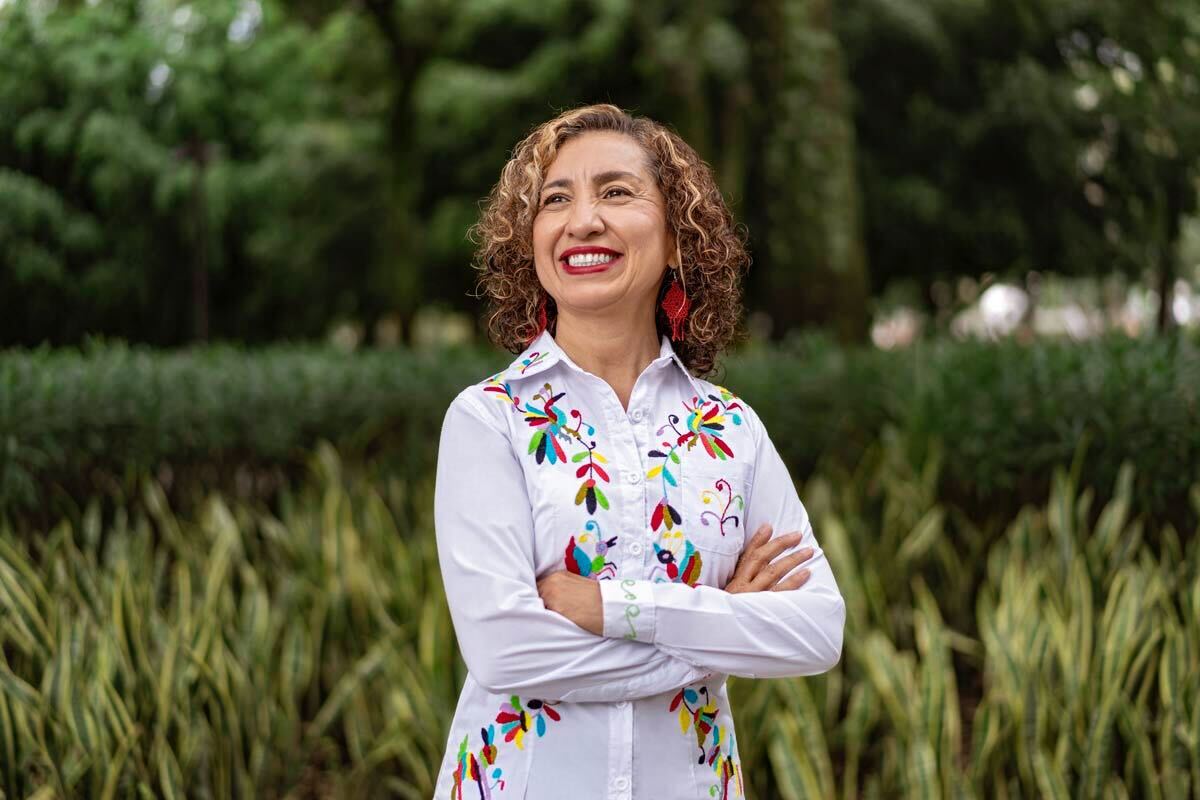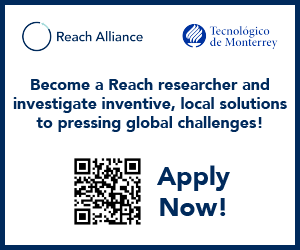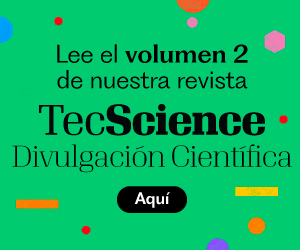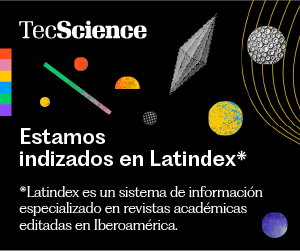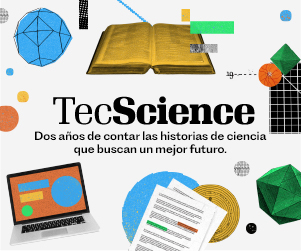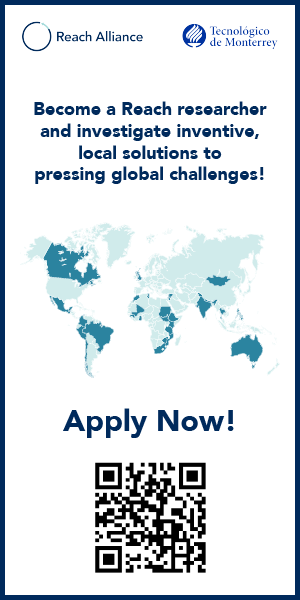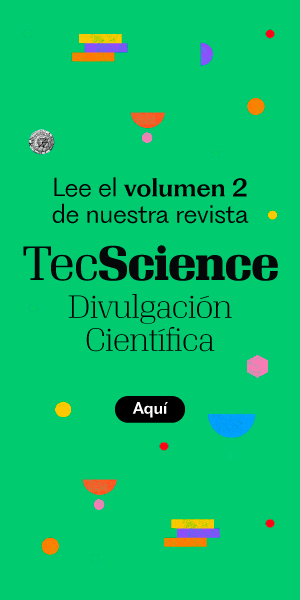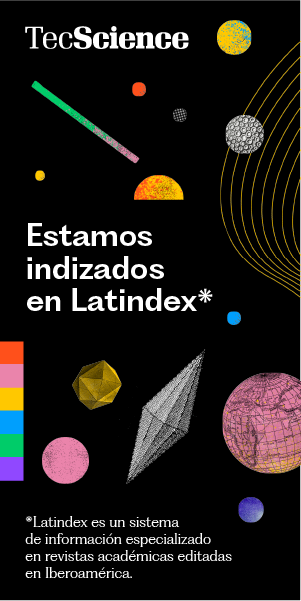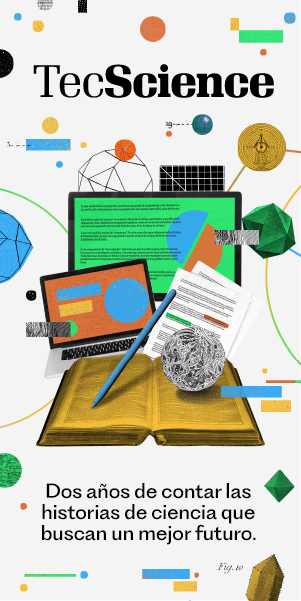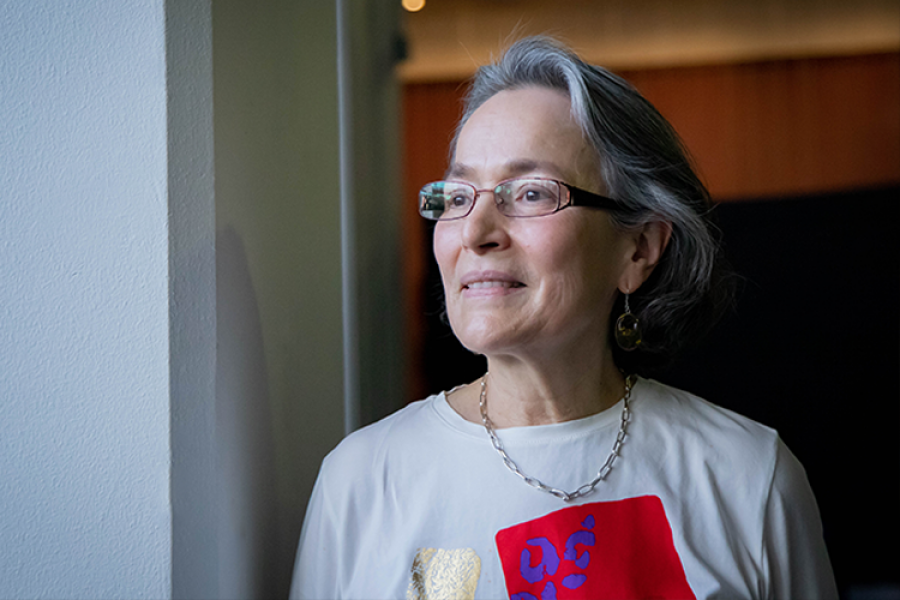Distrust was the first reaction from community leaders in Amealco, Querétaro, when a group of students from Tecnológico de Monterrey approached them with a research proposal. Past experiences with scientists who extracted knowledge from their people and land, without giving anything in return, set the tone for their first encounter.
Students from the School of Social Sciences and Government Valentina Muhlia, Nadia Alexandra, Ilyan Valdivia, and Sergio Alejandro were selected to carry out a study for the Reach Alliance, a consortium of ten universities from different countries that supports research projects aimed at driving real impact in hard-to-reach communities, whether due to geography or social conditions.
Paola Abril Campos Rivera, professor and researcher at the School of Government and Public Transformation at Tec, served as one of the mentors thanks to her expertise in public policy implementation aimed at improving global health. She suggested focusing on Amealco, Querétaro, for a project on food insecurity.
Then Ilyan dived into data from Mexico’s National Institute of Statistics and Geography (INEGI), and found that 44.8% of Amealco’s population was experiencing food insecurity—the highest rate in the state.
He also found that Amealco is home to the second-largest concentration of Indigenous people in Querétaro, most of them from the Hñäñho nation, commonly known as Otomí. In fact, 59.57% of all Hñäñho speakers in the state live in this municipality.
Co-Authorship as an Answer to Extractive Science
For Valentina, Nadia, Ilyan, and Sergio, the data from Amealco reflected a broader reality shared by many Indigenous communities across Mexico. But statistics alone were not enough to explain the reasons why Indigenous people are disproportionately affected by limited access to nutritious food.
Thanks to a connection made by Nicole Hernández Puente, a professor at the Autonomous University of Querétaro, with Abril Campos, the four students were able to present their proposal to the Organizing Committee of Amealco’s Corn Fair or La Feria del Maíz in Spanish.
They arrived at the meeting with a set of commitments to reassure the community leaders that they weren’t there to conduct extractive research, a possibility that worried them.
This way of doing research is characterized by its reduction of marginalized communities’ knowledge and experiences to raw data, which is used by academics to write studies. Later on, these papers are published in inaccessible, paywalled journals, often in English, cutting the communities themselves out of any benefit from the knowledge that was created from their own experiences.
Beyond committing to return to Amealco with the results of their study, the students asked what the community wanted and needed from the project. “It was during that dialogue—where they were advocating for their community’s integrity, that the idea of co-authorship came up. We moved from simply saying ‘we’ll acknowledge them or give thanks’ to ‘this is also their research’”, explained Ilyan.
Cultural Identity Loss Tied to Food Insecurity
With that foundation, they came up with a research question: Why are people in Amealco suffering food insecurity?
What they found was that food insecurity in Amealco is tightly linked to the loss of cultural identity among Indigenous people. For example, Nadia Alexandra explains: “There were many recipes that they had lost. Recipes they could no longer make because they were written in Hñäñho. That’s how deeply connected they are. When one begins to disappear, the other is affected too.”
She adds that this loss of knowledge often happens when younger generations reject their Indigenous identity out of fear of discrimination.
Sergio Alejandro adds that it’s not just the recipes that are forgotten, but also the ingredients: “As the language is lost, so is the ability to identify native species. The plant disappears along with the word, both erased by stigma.”
Abandonment of Mexican Agriculture and One-Size-Fits-All Public Policies
Their study also highlights the abandonment of the milpa, described in the study as a plot of land where many crops are grown at the same time, as another driver of reduced access to nutritious food.
Without the ability to grow their own food, the community becomes increasingly dependent on ultra-processed foods from supermarkets and convenience stores.
The authors connect the loss of the milpa to State neglect of rural areas, who prioritized urban development in the name of economic growth and promoted mestizaje, where indigenous people are pressured to leave their agrarian communities and assimilate into Spanish-speaking urban life. All in pursuit of the promise of progress.
In 1997, the federal government launched a social program called Progresa, which offered cash assistance to families in exchange for school attendance. The goal was to lift young people out of extreme poverty. Over time, Progresa became Oportunidades, then Prospera, and lasted until 2018. But according to the authors of the study, this policy unintentionally contributed to emptying the country from its work force.
In Amealco, the researchers described another failed example of public assistance, that illustrates the disconnection between authorities and the needs of the community: a school nutrition program that provided soy-based foods for the schools of the municipality. But the students refused to eat the meals.
Valentina Muhlia explains that “From a scientific standpoint, soy is excellent for public policy, it’s rich in protein, nutritious, affordable, and easy to transport. But all of that fails if you ignore what people themselves consider nutritious.” Their study found that for the community, food is nutritious when its origin is known. This made soy unappetizing, despite its practical benefits.
La Feria del Maíz: A Space for Sharing Knowledge, Language, and Food
Cases like this led the team to recommend culturally adapted public policies, rather than a one-size-fits-all approach for each region of the country.
They also suggest building on activities that communities are already doing to strengthen local food production. For instance, every year Amealco hosts the Feria del Maíz, where cultural activities include seed exchanges, shared meals, and screenings of documentaries in both Hñäñho and Spanish.
Other recommendations from the researchers include developing strategies to mitigate the pressures of the global climate crisis and embracing new models of development not based on urbanization.
After publishing their study, Valentina, Nadia, Ilyan, and Sergio returned to Amealco to present their findings during the Feria del Maíz. They also plan to deliver a cookbook to help preserve the traditions of the Hñäñho nation.
Did you find this story interesting? Would you like to publish it? Contact our content editor to learn more at marianaleonm@tec.mx
